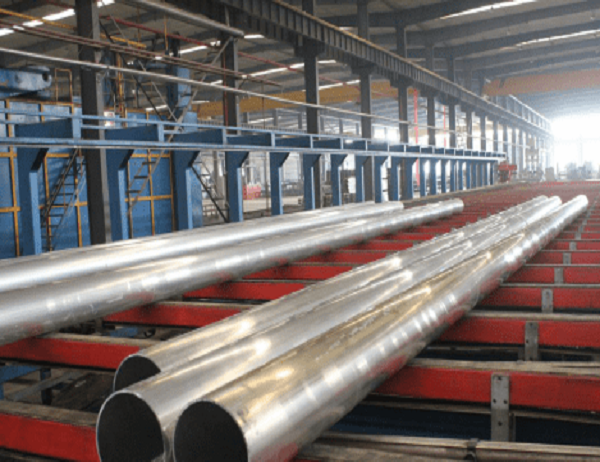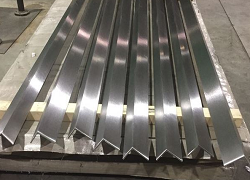Aluminum Shuttering: A Cost-Effective Revolution in Construction
In the realm of construction, the race is on for innovative materials that can deliver both economic advantages and exceptional performance. Enter aluminum shuttering, a transformative advancement that is redefining the industry landscape.
Unveiling the Benefits
Aluminum shuttering stands tall as a formidable alternative to traditional timber or steel formwork. Its lightweight nature makes it effortless to handle, reducing labor costs and speeding up construction time. Moreover, aluminum’s innate durability ensures multiple reuses, significantly diminishing material expenses.
Economic Advantages
The cost-effectiveness of aluminum shuttering is undeniable. Its reusability eliminates the need for costly replacement, while its lightweight design minimizes transportation expenses. Furthermore, the ease of assembly and disassembly translates into reduced labor charges.
Exceptional Performance
Beyond its economic benefits, aluminum shuttering boasts exceptional performance attributes. Its high strength-to-weight ratio enables the creation of intricate structures. Additionally, aluminum’s resistance to corrosion and moisture ensures longevity and a pristine finish on concrete surfaces.
Environmental Consciousness
In today’s sustainability-driven world, the environmental impact of construction materials is paramount. Aluminum shuttering aligns perfectly with eco-friendly practices. It is recyclable, reducing waste and conserving resources. Moreover, its reusability minimizes the need for new materials, further reducing the carbon footprint of construction projects.
Conclusion
Aluminum shuttering has emerged as a cost-effective and high-performance solution in the construction industry. Its lightweight design, durability, and reusability offer significant economic advantages. Coupled with its exceptional performance and environmental consciousness, aluminum shuttering is poised to revolutionize construction practices for years to come. By embracing this innovative material, the industry can unlock new levels of efficiency, sustainability, and profitability.



